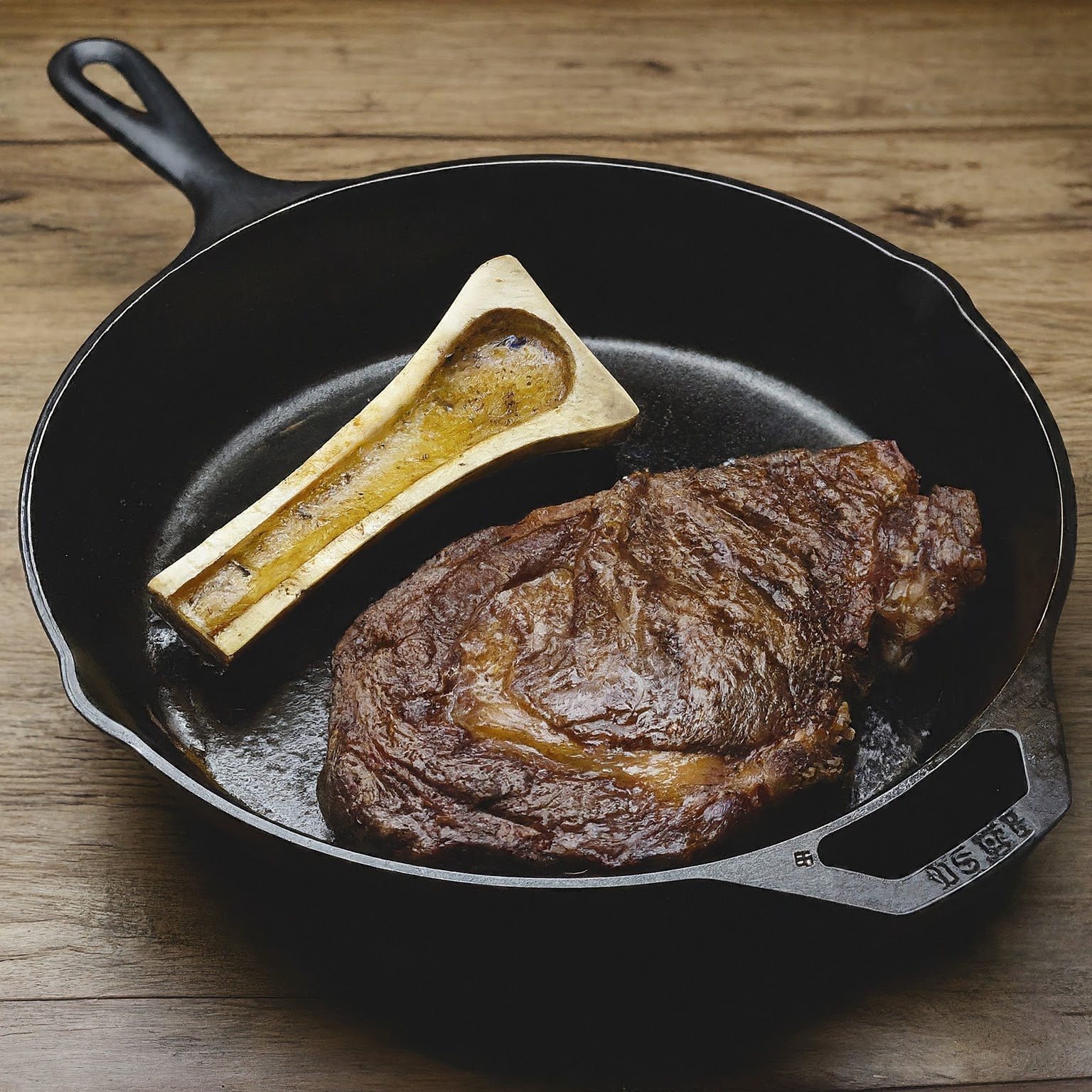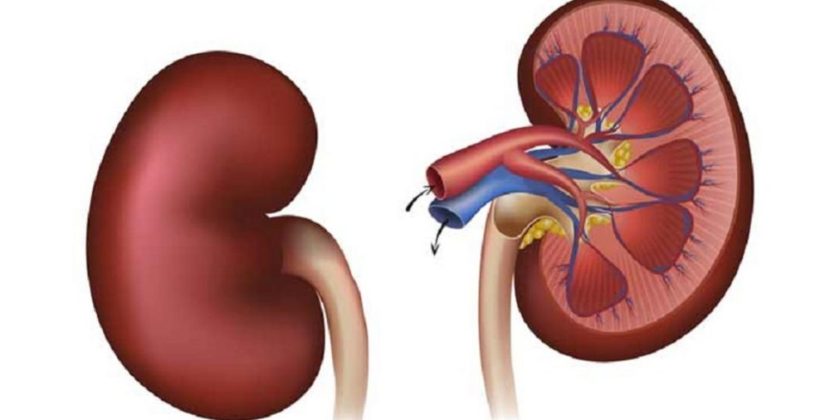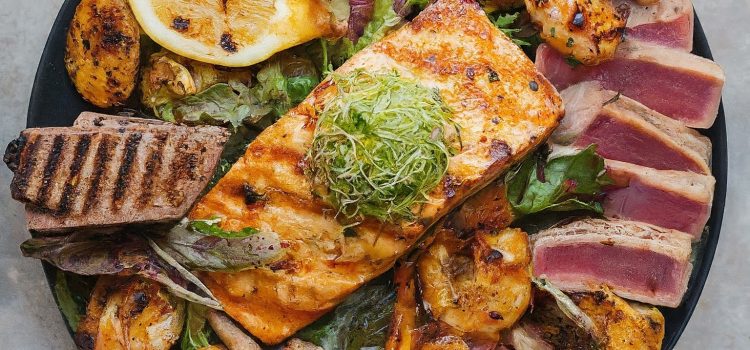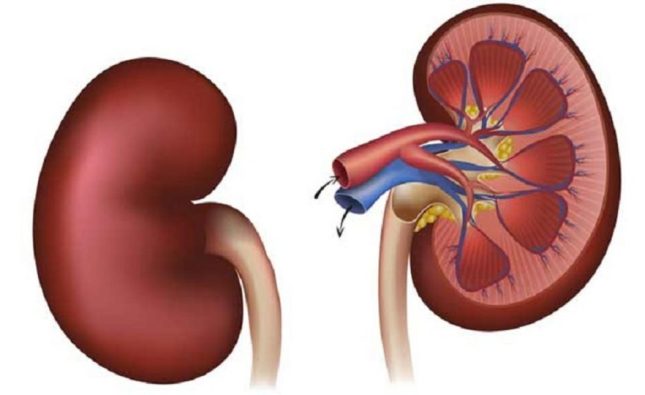
Meet Karina, Your Guide to Nutritional Exploration
Hi there! I’m Karina, a registered dietitian with a passion for helping people navigate the ever-evolving world of nutrition. Today, we’re delving into the carnivore diet, a highly restrictive approach that’s been generating a lot of buzz lately.
This article will serve as your comprehensive guide to the carnivore diet. We’ll explore:
- What the diet entails
- Potential benefits and drawbacks
- How it compares to other popular diets
- Important considerations before diving in
Carnivore Diet: A Meat-Centric Odyssey
The carnivore diet, as the name suggests, restricts consumption to animal products – primarily meat, fish, and eggs. Followers completely eliminate fruits, vegetables, legumes, grains, nuts, and seeds. While some allow limited dairy intake, the core principle revolves around consuming only flesh.
Pros and Cons: Weighing the Evidence
Table 1: Carnivore Diet – Potential Benefits vs. Drawbacks
| Benefit | Drawback |
|---|---|
| May promote weight loss | Lacks essential nutrients (fiber, vitamins, minerals) |
| Improved satiety and reduced cravings | Potential for digestive issues (constipation) |
| Reduced blood sugar fluctuations | Increased risk of heart disease (high saturated fat) |
Beyond Steak: A Glimpse into the Carnivore Diet Experience
While visions of endless steaks might come to mind, the carnivore diet encompasses a variety of animal-based foods. Here’s a sample breakdown:
- Meat: Beef, lamb, pork, poultry (fattier cuts are preferred)
- Fish & Seafood: Salmon, tuna, sardines, shellfish
- Eggs: A source of protein and healthy fats
- Offal (Optional): Organ meats like liver and kidney (rich in nutrients)

Carnivore vs. Keto: Understanding the Differences
Both the carnivore diet and the ketogenic diet (keto) focus on fat metabolism. However, keto allows for moderate intake of low-carb vegetables and healthy fats, whereas the carnivore diet eliminates all plant-based foods.
Table 2: Keto vs. Carnivore Diet – A Feature Comparison
| Feature | Keto Diet | Carnivore Diet |
|---|---|---|
| Food Groups | Meat, fish, eggs, low-carb vegetables, healthy fats | Meat, fish, eggs (optional dairy) |
| Carbohydrates | Moderate intake | Zero intake |
| Overall Restriction | Restrictive | Extremely restrictive |
Before You Go Carnivore: Crucial Considerations
The carnivore diet is a significant lifestyle shift. Here are some key points to ponder:
- Nutritional Deficiencies: A lack of fruits, vegetables, and whole grains can lead to deficiencies in fiber, vitamins, and minerals. Supplementation might be necessary.
- Long-Term Sustainability: Sticking to such a restrictive diet can be challenging. It might not be suitable for social settings or those with a diverse palate.
- Potential Health Risks: The high saturated fat content could increase the risk of heart disease for some individuals. Consulting a healthcare professional before starting is crucial.
The Final Sizzle: Is the Carnivore Diet Right for You?
While the carnivore diet may have some potential benefits, its limitations and potential health risks are significant. If you’re curious about a more extreme dietary approach, it’s best to discuss it with a doctor or registered dietitian to assess your individual needs and ensure a safe and balanced approach.
Remember, a healthy diet is all about variety and balance. There might be better ways to achieve your health goals without sacrificing essential nutrients and long-term sustainability.
Stay tuned for future articles where we explore other dietary trends and help you navigate the path to a healthier, happier you!










